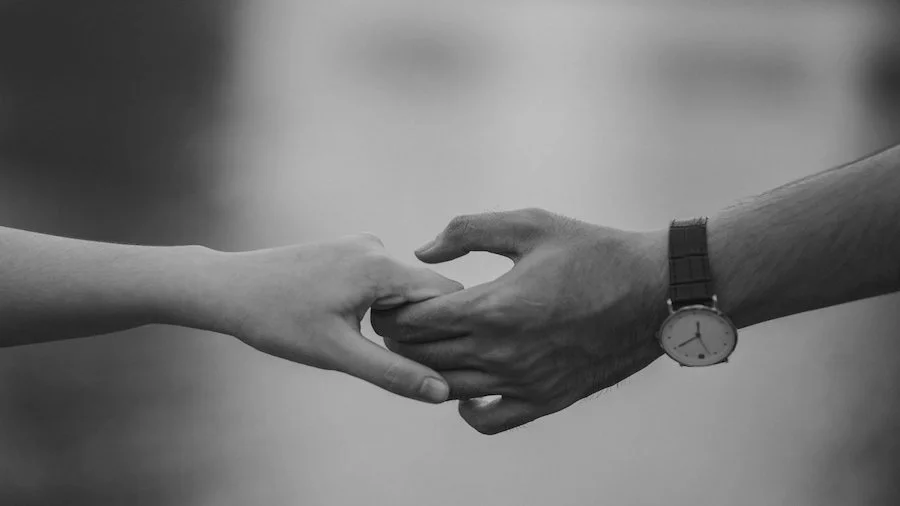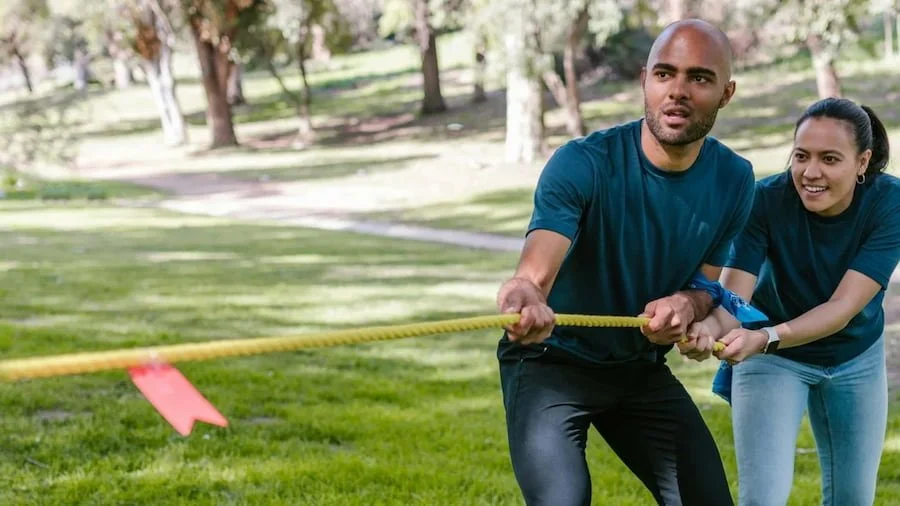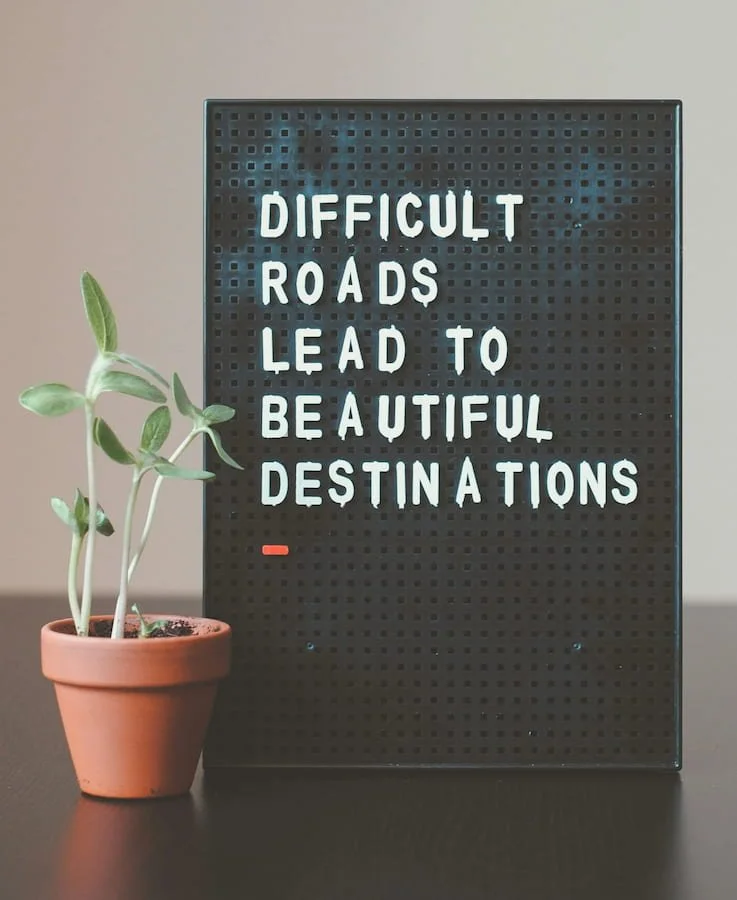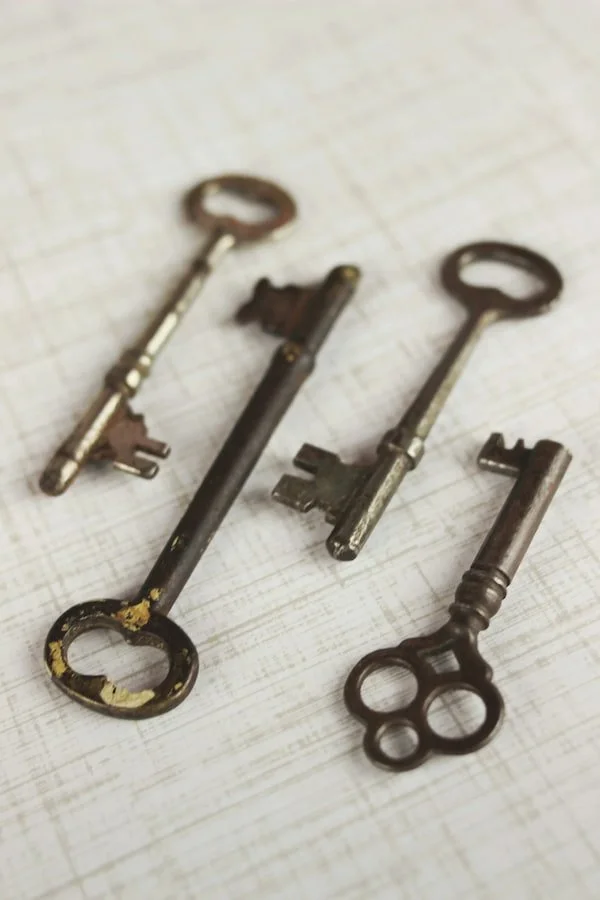
Blog
Emotional Intelligence and Catholic Faith: Strengthening Mental Health Through God’s Design
Emotional intelligence (EI)—the ability to recognize, understand, and manage emotions—has been shown by research to play a key role in mental health, resilience, and relationships. But Catholics have an even deeper reason to pay attention to this area of growth: our emotions are part of God’s design.
Building Stronger Mental Health with Emotional Intelligence
Emotional intelligence is not just a buzzword—it’s a set of skills that can be nurtured and developed through counselling and intentional practice. In this post, I’ll share how building emotional intelligence can strengthen your mental health and provide lasting tools for resilience, connection, and well-being.
What Is Rejection Sensitivity in ADHD and How Does It Affect Relationships?
Whether you're navigating ADHD yourself or supporting a loved one, learning how this affects intimacy is key to building healthier, more supportive relationships.
What Is Rejection Sensitivity Dysphoria (RSD) and How It Feels
Rejection Sensitivity Dysphoria (RSD) is an intense emotional response triggered by the perception—real or imagined—of rejection or criticism. To better understand RSD, let’s break it down into its emotional and neurological elements.
How Rejection Sensitivity Shapes Communication in ADHD Relationships
When rejection sensitivity enters the picture in an intimate relationship, it can feel like a storm that comes out of nowhere. Understanding these dynamics is crucial for building a stronger, more harmonious connection.
Managing Rejection Sensitivity in ADHD: Tools for Couples
When it comes to managing Rejection Sensitivity Dysphoria (RSD) in ADHD, relationships can often feel like walking through a maze. By focusing on communication, mindfulness, and working as a team, couples can navigate these intense emotions together.
Effective Time Outs: Why Time Outs Can Help During Heated Moments
A time out is a scheduled break you agree upon with your partner ahead of time so that if touchy issues come up, you get stuck, or an argument is escalating out of control, you can say, “Time-out,” and create a little separation.
Breaking Stigmas: Understanding and Accepting RSD in ADHD Relationships
Rejection Sensitivity Dysphoria (RSD) isn’t just an emotional quirk—it’s a real and challenging experience for many people with ADHD. Addressing these stigmas and fostering empathy can create a foundation for stronger, more supportive connections.
How ADHD Shapes Couples Therapy
When ADHD is part of a relationship, it can add challenges that many couples don’t anticipate. By tailoring strategies to the unique dynamics ADHD creates, therapy has the potential to strengthen the relationship and improve understanding for both partners.
How ADHD Affects Romantic Relationships
When ADHD is part of a relationship, it often appears in subtle ways at first. Small behaviors—like getting distracted during conversations or forgetting a small task—may not seem like much in isolation. But over time, these patterns can accumulate, creating stress, misunderstandings, and emotional distance between partners.
Why Couples Therapy Is Crucial for ADHD-Impacted Relationships
When ADHD plays a role in a relationship, it can create hurdles that often go unnoticed until they become overwhelming. Couples therapy offers a safe space for breaking these cycles, fostering empathy, and equipping couples with tools to navigate ADHD-specific challenges.
How Couples Therapy Differs When ADHD Is a Factor
When ADHD is part of a relationship, it’s not just the individual with ADHD who feels its effects—both partners are impacted. The focus isn’t only on improving communication or working through conflicts, but also on understanding how ADHD influences everyday life and the relationship dynamic.
Practical Tips for Couples Seeking ADHD Therapy
Not all therapists are equipped to handle the unique dynamics of ADHD in relationships. Choosing the right professional increases the chances of effective therapy and avoids frustrations along the way. Here’s are some things to look for.
Unveiling the Power of Eye Movement Therapy for Emotional Healing: A Science-Based Guide
Are you struggling with emotional distress or trauma that seems impossible to overcome? Together, we can navigate the path to recovery, and you don’t have to walk it alone.
The Benefits of Couples Therapy for ADHD-Impacted Relationships
Communication is often one of the hardest-hit areas in ADHD-affected relationships. Meanwhile, the non-ADHD partner might interpret these behaviours as disinterest or carelessness.
Traditional Therapies vs. Accelerated Resolution Therapy (ART): What You Need to Know
Discover how Accelerated Resolution Therapy (ART) compares to traditional approaches like CBT, Exposure Therapy, and EMDR, and why it may be the right path for your healing journey.
Comparing Accelerated Resolution Therapy (ART) to Traditional Approaches
Recent studies and clinical trials have demonstrated the effectiveness of ART in treating post-traumatic stress symptoms, anxiety, and depression. These findings highlight the potential advantages and efficacy of ART in helping individuals overcome psychological challenges.
Transforming Trauma: The Future of Mental Health with Accelerated Resolution Therapy
As individuals seek effective solutions for their trauma, ART presents a seamless and impactful alternative that has garnered attention for its remarkable outcomes. By leveraging innovative techniques and a client-centred approach, ART is empowering individuals to embark on a journey towards healing and recovery like never before.
Unpacking How Accelerated Resolution Therapy Transforms Trauma: The Brain’s Breakdown
Accelerated Resolution Therapy (ART) is a groundbreaking approach that offers hope and healing for individuals seeking treatment for trauma.
Rekindle the Spark: Reignite Your Relationship with a Couples Intensive
After years of fading romance and a marriage lacking intimacy, reigniting the passion in a relationship can seem like a daunting challenge. Don’t worry, a Couples Intensive retreat is a powerful way to reignite that once passionate flame.




















